Ice hockey stadiums are not just ice and stands, they are true symbols of the greatness and pride of their cities and even their countries. Look at these buildings – the biggest ice hockey stadiums attract not only fans, but also the attention of architects, tourists and even people who are far removed from the sport. They have become cultural centres that unite millions of hearts around the world and represent more than just a venue. Their importance goes far beyond ice hockey games – they are the heart of urban culture and the epicentre of fans’ emotions.
A list of the biggest ice hockey stadiums in the world: where are great things happening?
The world of ice hockey is proud of its stadiums, where the history of the sport is written. Among the largest ice hockey stadiums, the Bell Centre in Montreal, Canada, stands out. With a capacity of 21,302 spectators, it is the largest indoor stadium for ice hockey. Built in 1996, the Bell Centre has become a true icon of Canadian hockey and has hosted many historic games such as the NHL Finals and All-Star Games.
One of the most impressive stadiums in the United States is the Barclays Centre in Brooklyn, New York. The largest hockey arena has a capacity of 15,795, and although the main audience is basketball fans, hockey is not the last place to be. The Barclays Centre hosts the biggest hockey games in the American League, attracting hundreds of thousands of fans every year.
Just as important is the Luzhniki Arena in Russia. A historic stadium in Moscow that has long been a symbol of sporting greatness. Although it is mainly used for football, it often hosts major ice hockey events that gather up to 12,000 spectators in the stands.
State-of-the-art ice hockey arenas: Technology on the big ice
Modern ice hockey arenas have developed into technical marvels that offer fans and players the best possible experience. One such arena is the Little Caesars Arena in Detroit, USA. It is a benchmark for the use of innovative technologies such as LED lighting and a unique ice cooling system that keeps the surface at the perfect temperature regardless of the outside conditions. The largest ice hockey arenas offer a level of comfort that was simply not possible in the past.
The Vegas Golden Knights Arena is another example of a high-tech approach. Here, technology is combined with tradition: the digital infrastructure allows fans to follow game statistics in real time and smart screens bring the stadium walls to life, immersing spectators in the atmosphere of the game.
Architecture of the ice hockey arena: grandeur and uniqueness in detail
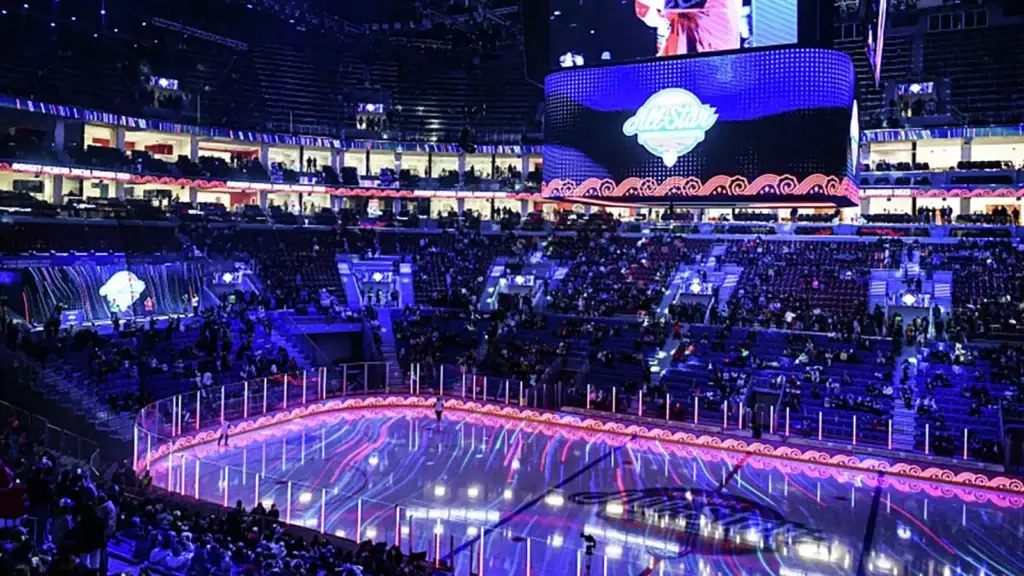 The Minneapolis Arena in the USA is a perfect example of the combination of modernity and tradition. The huge glass façades convey a feeling of lightness, while the use of steel emphasises strength and resilience. It is a place where every element has been carefully designed and every detail reflects the cultural characteristics of the region.
The Minneapolis Arena in the USA is a perfect example of the combination of modernity and tradition. The huge glass façades convey a feeling of lightness, while the use of steel emphasises strength and resilience. It is a place where every element has been carefully designed and every detail reflects the cultural characteristics of the region.
In Russia, the Arena Omsk has become a symbol of uniqueness thanks to its traditional motifs. Elements reminiscent of traditional Russian architecture are used here, making the arena not only a sports venue but also a cultural monument. The architectural features have a direct impact on the atmosphere in the stands: Unique shapes and materials provide excellent acoustics and create a special feeling of closeness to the game.
Comparison of the largest ice hockey stadiums in different countries: Who is ahead in terms of size?
It’s time to carry out some analyses. In the USA, the arenas are characterised by large capacities and technical innovations. The Barclays Centre and Madison Square Garden are not only venues for sporting events, but also world-class concert venues. The USA is actively expanding its infrastructure and the arenas here often combine the functions of sports and entertainment centres.
Canada focuses on atmosphere and history. The Bell Centre is a vivid example of an arena where ice hockey is not just a sport, but a real national idea. In Russia, stadiums are more often built with a focus on multifunctionality: The ice palaces in Sochi and Kazan are used for both sports and cultural events. In Europe, on the other hand, compact but cosy arenas are preferred, where the spectators are as close as possible to the players, creating an unspeakable atmosphere.
Spectator records in the biggest ice hockey arenas
Records are an integral part of the sport and a testament to the passion of the fans. At the NHL finals, such as the game between Chicago and Boston in 2014, attendance records were set with over 22,000 spectators. The Olympic Games in Sochi also set a new attendance record with more than 12,000 spectators at the final between Canada and Sweden.
Moments like these make arenas more than just sporting venues – they are places where history is made and every seat witnesses great events. Record attendances are always accompanied by a unique atmosphere in which every scream and every emotion is multiplied by the overall energy of the stands.
Conclusion
 The biggest ice hockey arenas have already become an integral part of global ice hockey culture and their importance cannot be overestimated. In the future, fans will be treated to new behemoths like Nova Ice in Europe, which will be state of the art with maximum capacity and innovations the world has never seen before. These projects show that arenas are not here to stay, but will evolve to keep pace with progress and the demanding expectations of fans.
The biggest ice hockey arenas have already become an integral part of global ice hockey culture and their importance cannot be overestimated. In the future, fans will be treated to new behemoths like Nova Ice in Europe, which will be state of the art with maximum capacity and innovations the world has never seen before. These projects show that arenas are not here to stay, but will evolve to keep pace with progress and the demanding expectations of fans.
The futuristic stadiums will be equipped with the latest comfort systems, improved acoustics and sophisticated infrastructure to ensure that every game will be memorable for fans forever.
Key factors influencing the future of arenas:
- Technological innovations: automatic cooling systems, improved ice materials, high-quality lighting systems.
- Economic situation: The development of arenas depends directly on the financial capacity of countries and sponsors.
- Fan interest: The greater the interest in ice hockey, the more is invested in the development of new arenas.
- Infrastructure development: The provision of facilities for fans, such as transport hubs, restaurants and leisure facilities, will be an important part of the planning of new projects.



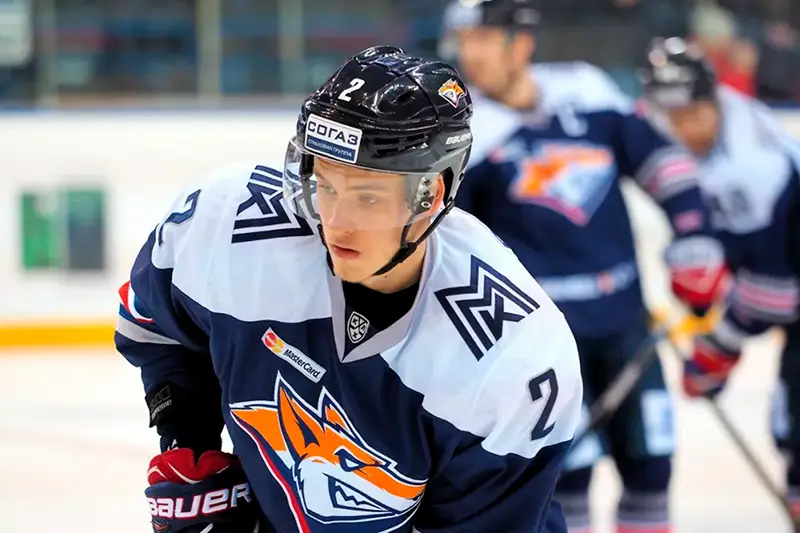

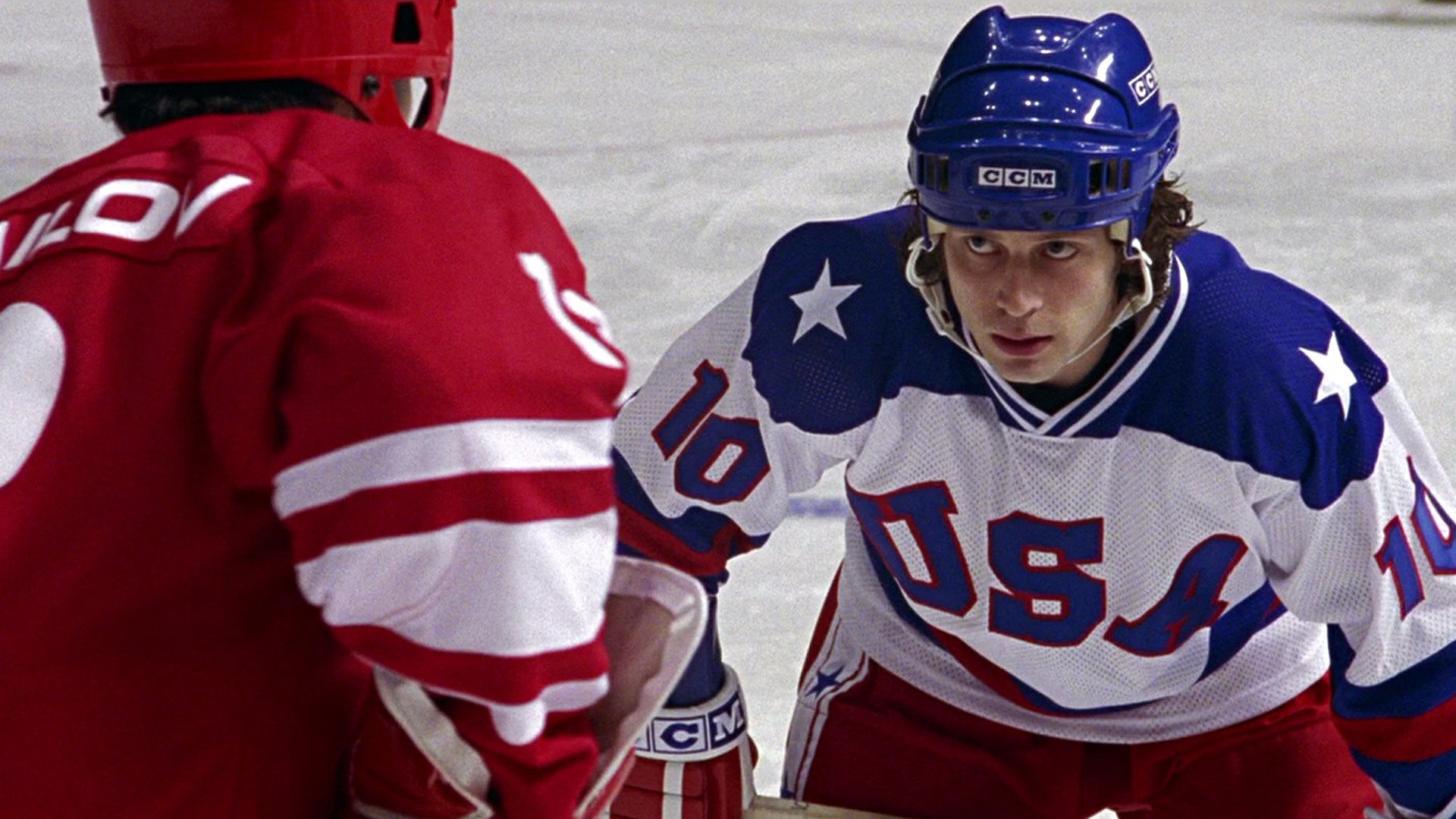
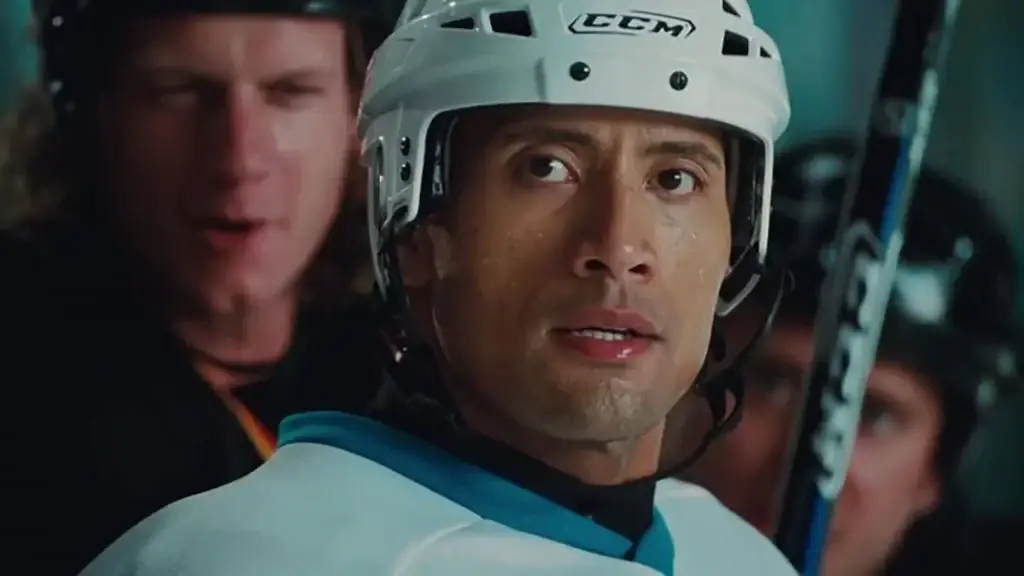 Shot in Canada, this ice hockey film shows the lives of professional ice hockey players from the closest possible point of view. The story shows how the players reach the top and what they have to sacrifice for their careers. Canada, a country with a deep-rooted hockey tradition, was the perfect setting for this film.
Shot in Canada, this ice hockey film shows the lives of professional ice hockey players from the closest possible point of view. The story shows how the players reach the top and what they have to sacrifice for their careers. Canada, a country with a deep-rooted hockey tradition, was the perfect setting for this film.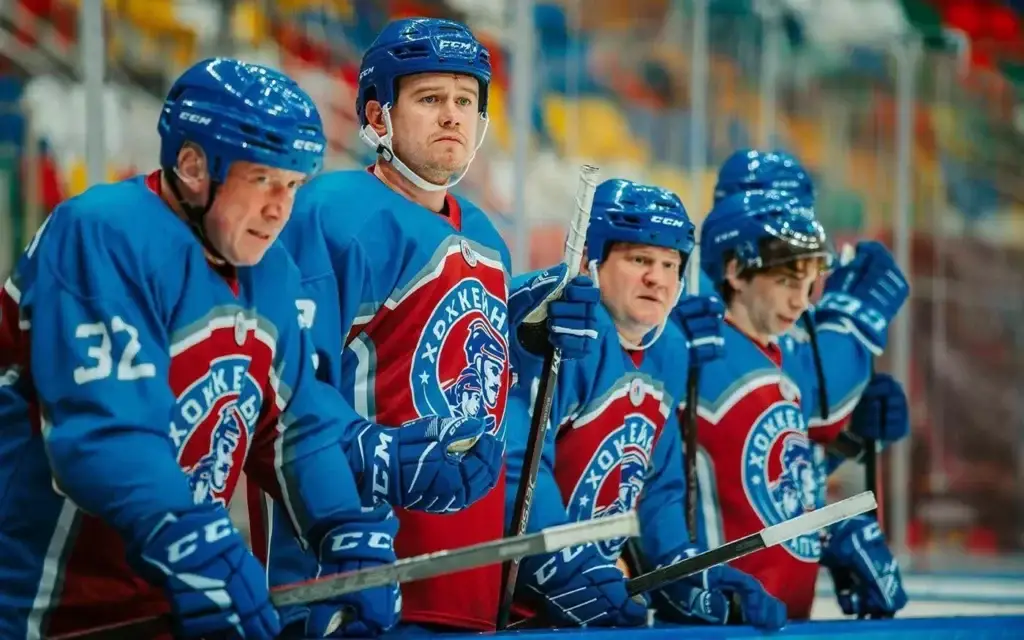 Exciting games, dramatic moments, colourful personalities – all this makes ice hockey films unforgettable. Above all, however, they teach us valuable life lessons. Perseverance, determination, teamwork – qualities that are useful in every area of life. When we watch these films, we learn to overcome difficulties, believe in ourselves and achieve our goals.
Exciting games, dramatic moments, colourful personalities – all this makes ice hockey films unforgettable. Above all, however, they teach us valuable life lessons. Perseverance, determination, teamwork – qualities that are useful in every area of life. When we watch these films, we learn to overcome difficulties, believe in ourselves and achieve our goals.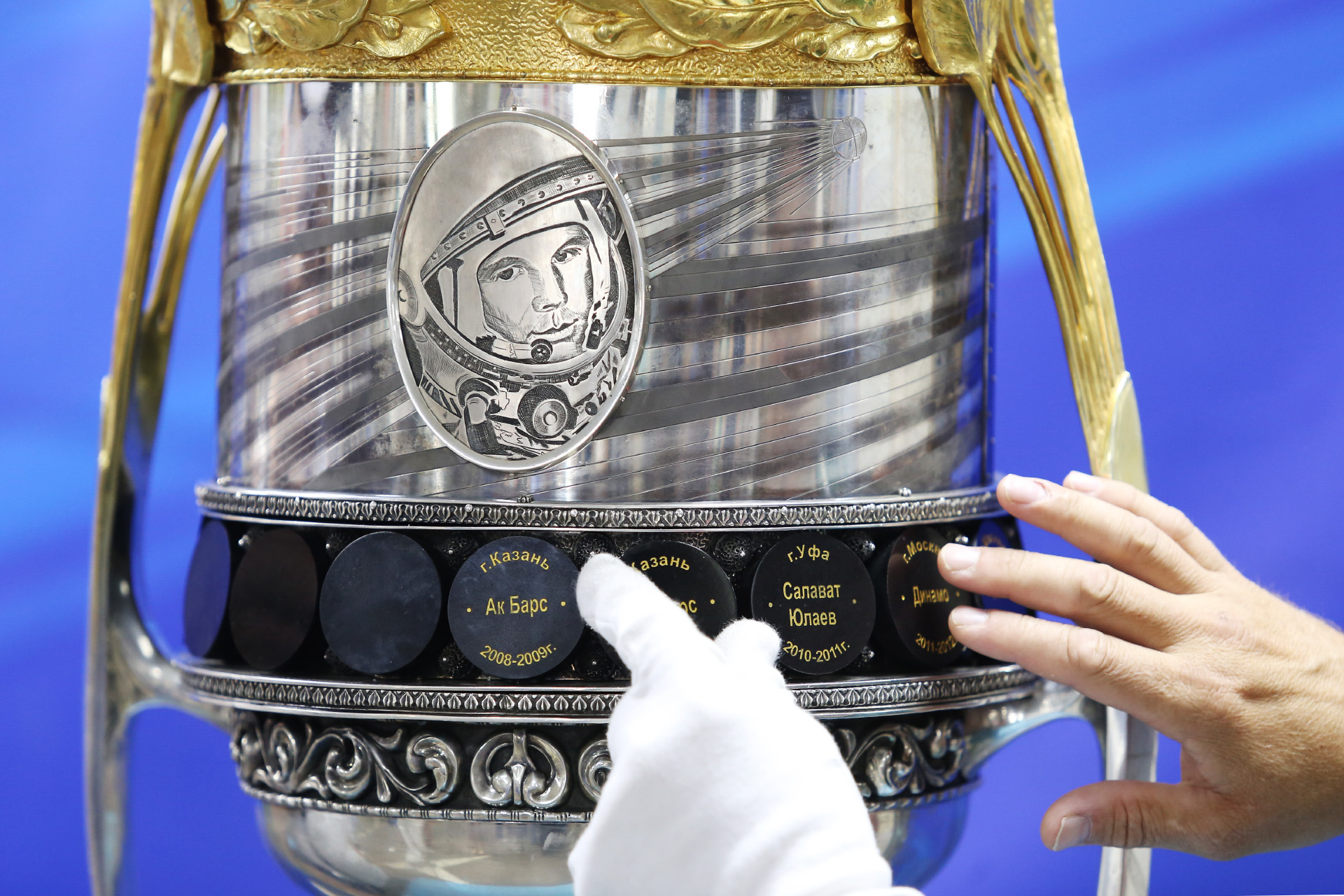
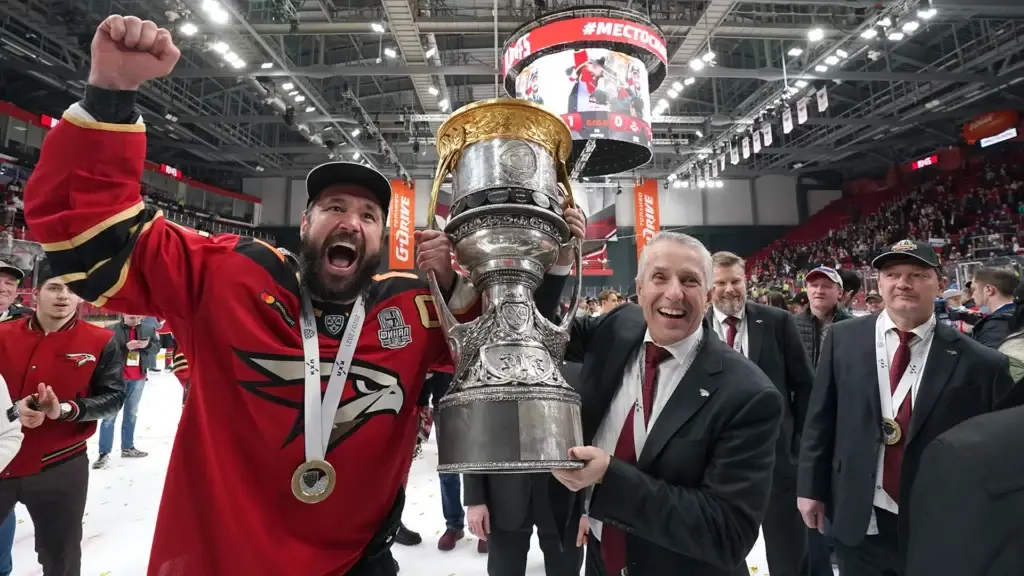 The Gagarin Cup is not just an award for the teams, but a true symbol of recognition of their skills and perseverance. It epitomises not only a sporting achievement, but also team unity and the ability to work together towards a common goal.
The Gagarin Cup is not just an award for the teams, but a true symbol of recognition of their skills and perseverance. It epitomises not only a sporting achievement, but also team unity and the ability to work together towards a common goal.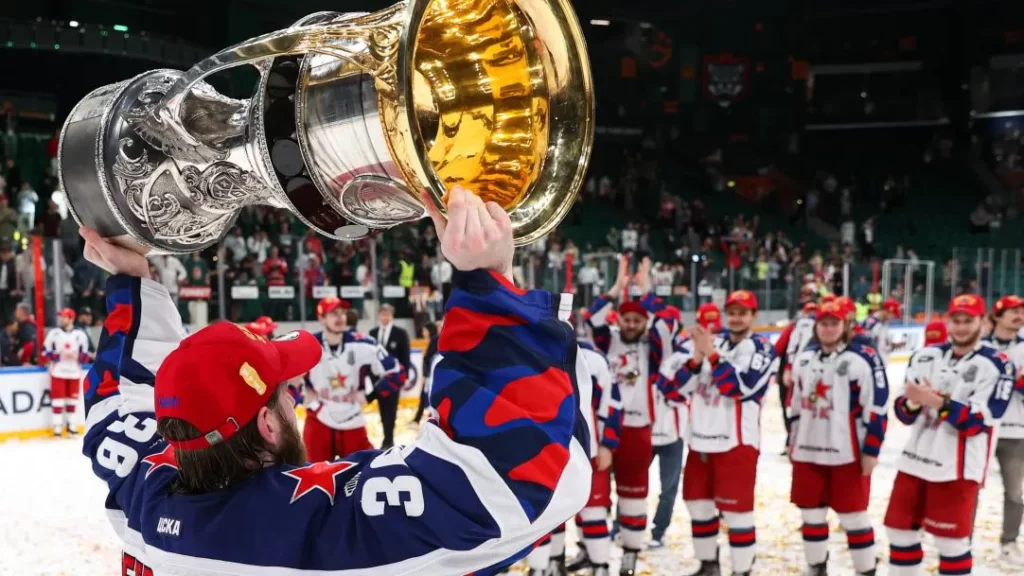 The Gagarin Cup has become a true symbol of the KHL, uniting teams, fans and the entire hockey community. It symbolises the toughness, talent and will to win that make hockey one of the most exciting games. Every team dreams of etching their name in the Cup’s history, as it is a symbol of true hockey expertise and the pursuit of new heights.
The Gagarin Cup has become a true symbol of the KHL, uniting teams, fans and the entire hockey community. It symbolises the toughness, talent and will to win that make hockey one of the most exciting games. Every team dreams of etching their name in the Cup’s history, as it is a symbol of true hockey expertise and the pursuit of new heights.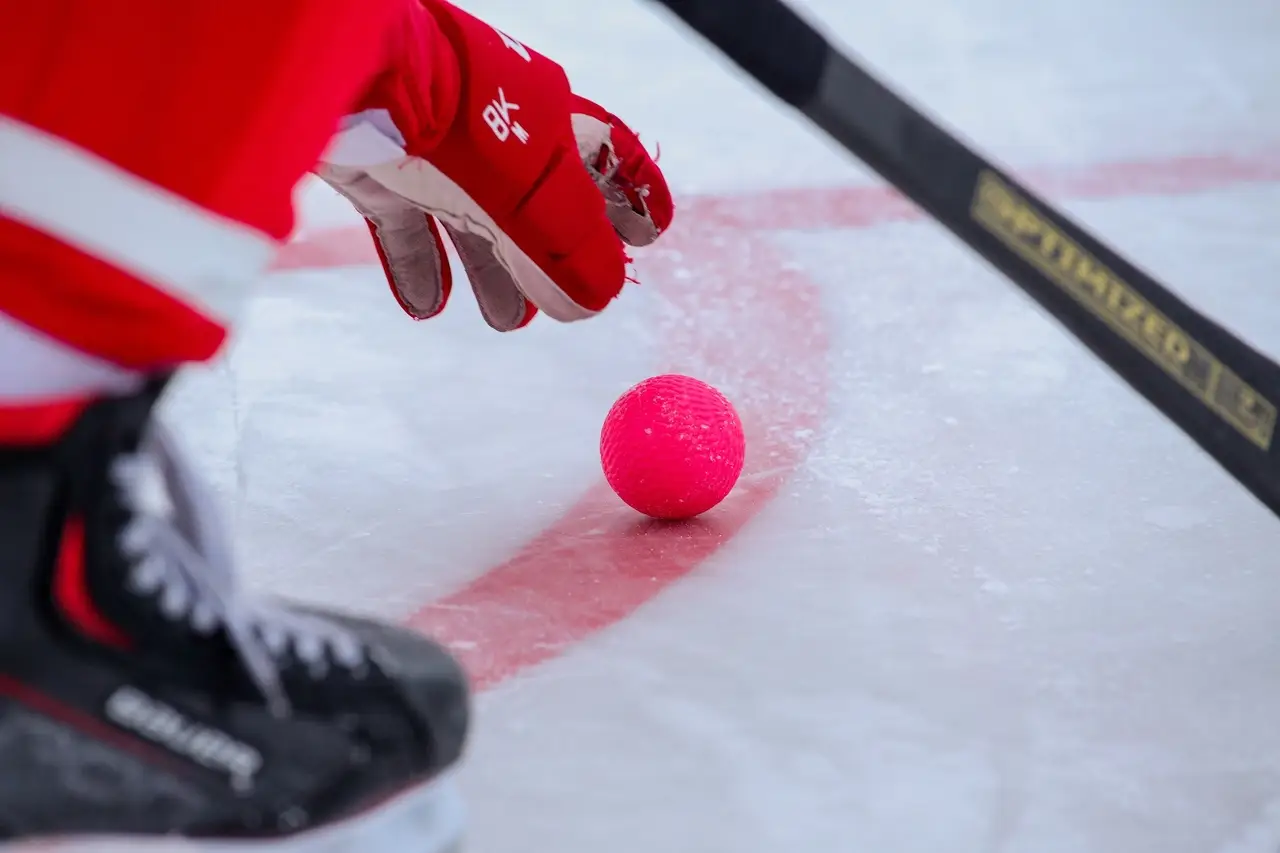
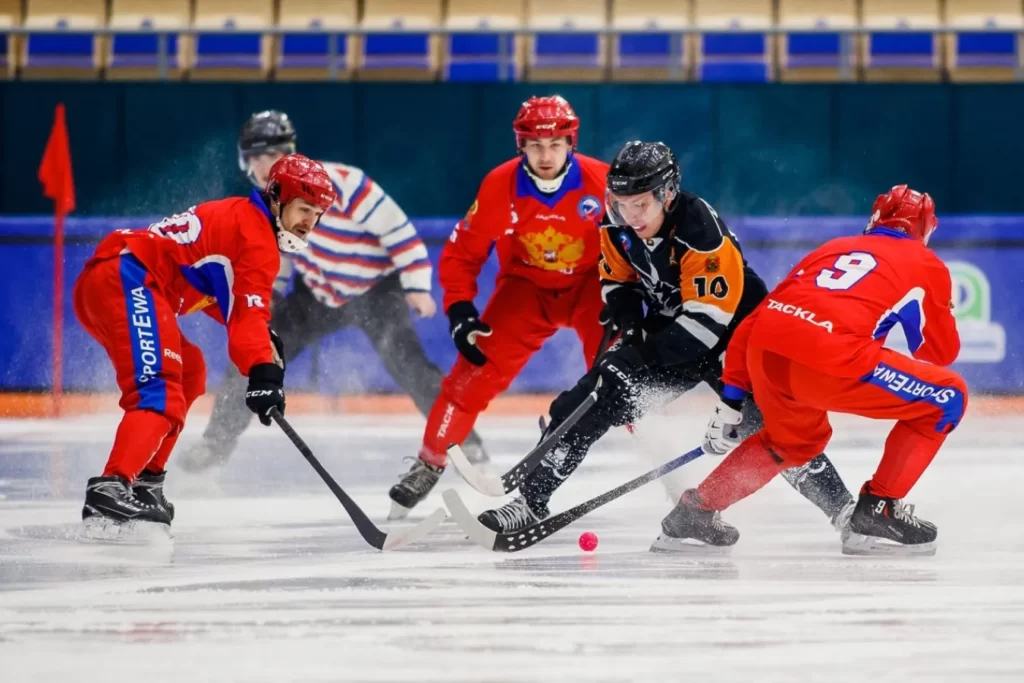 When it comes to refereeing, every detail counts, as the game is played at breakneck speed and any mistake can cost a team victory.
When it comes to refereeing, every detail counts, as the game is played at breakneck speed and any mistake can cost a team victory.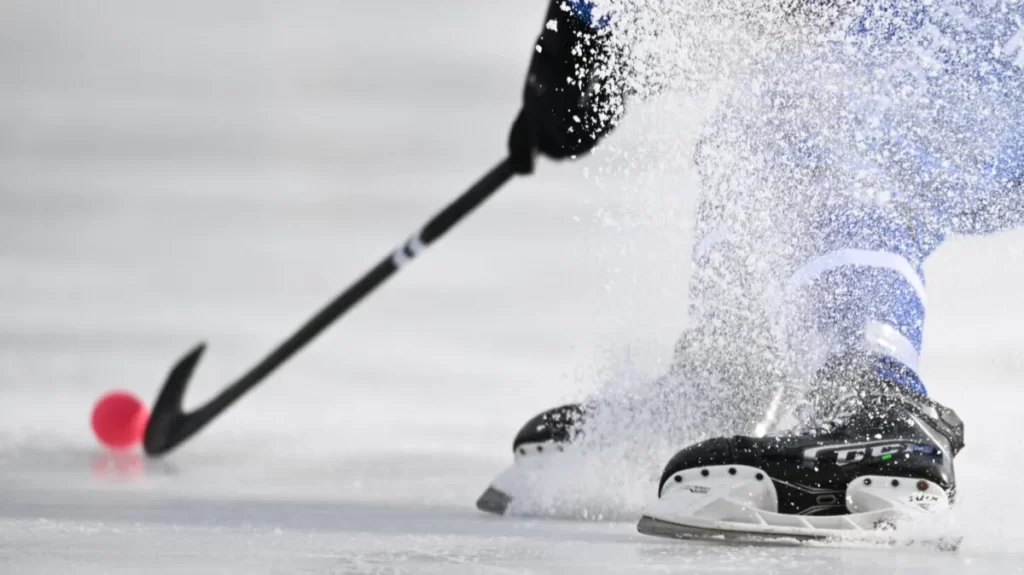 Ball hockey is very interesting, also due to well thought-out rules. Study the peculiarities of the sport discipline in more depth if you want to learn to play well.
Ball hockey is very interesting, also due to well thought-out rules. Study the peculiarities of the sport discipline in more depth if you want to learn to play well.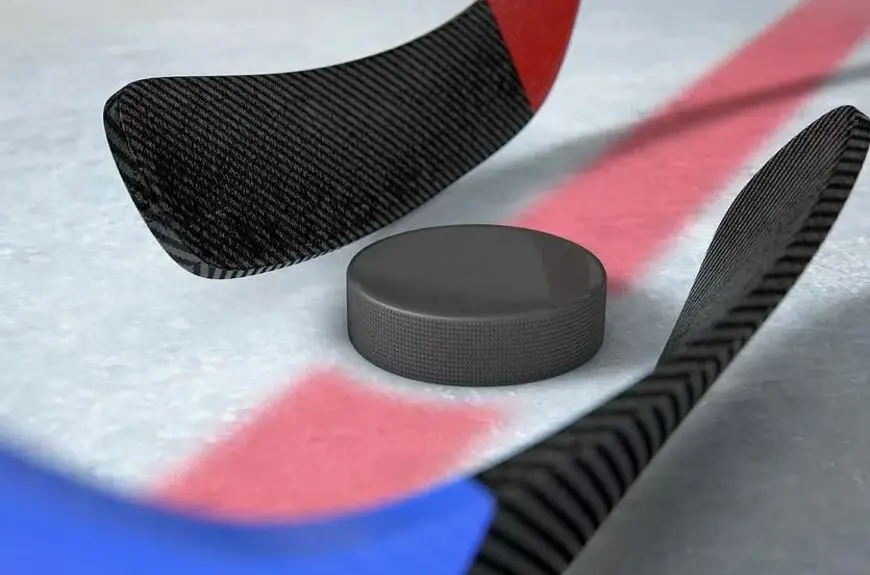
 Penalties are an integral part of the game, which makes it even more dynamic. There are several types of penalties: minor, major and disciplinary. A minor penalty means two minutes in the penalty box: the team remains in the minority. A major penalty is imposed for serious offences such as a brawl and lasts five minutes. A disciplinary penalty can mean a ban of ten minutes or even the rest of the game. Each penalty changes the dynamics of the game and forces teams to reorient themselves and find new ways of defending and attacking.
Penalties are an integral part of the game, which makes it even more dynamic. There are several types of penalties: minor, major and disciplinary. A minor penalty means two minutes in the penalty box: the team remains in the minority. A major penalty is imposed for serious offences such as a brawl and lasts five minutes. A disciplinary penalty can mean a ban of ten minutes or even the rest of the game. Each penalty changes the dynamics of the game and forces teams to reorient themselves and find new ways of defending and attacking.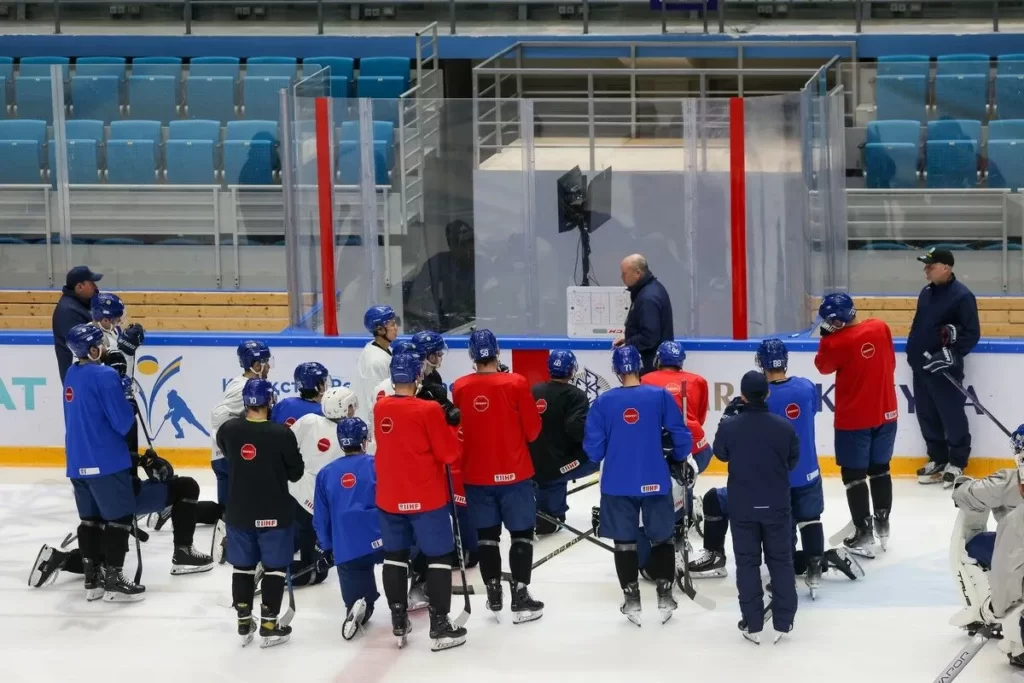 The rules of ice hockey not only make the game fair and truly exciting. Knowing the set standards helps fans to better understand the intricacies and players to improve their skills and avoid mistakes. Try attending a game once to see how interesting and exciting the game is when you know it inside out.
The rules of ice hockey not only make the game fair and truly exciting. Knowing the set standards helps fans to better understand the intricacies and players to improve their skills and avoid mistakes. Try attending a game once to see how interesting and exciting the game is when you know it inside out.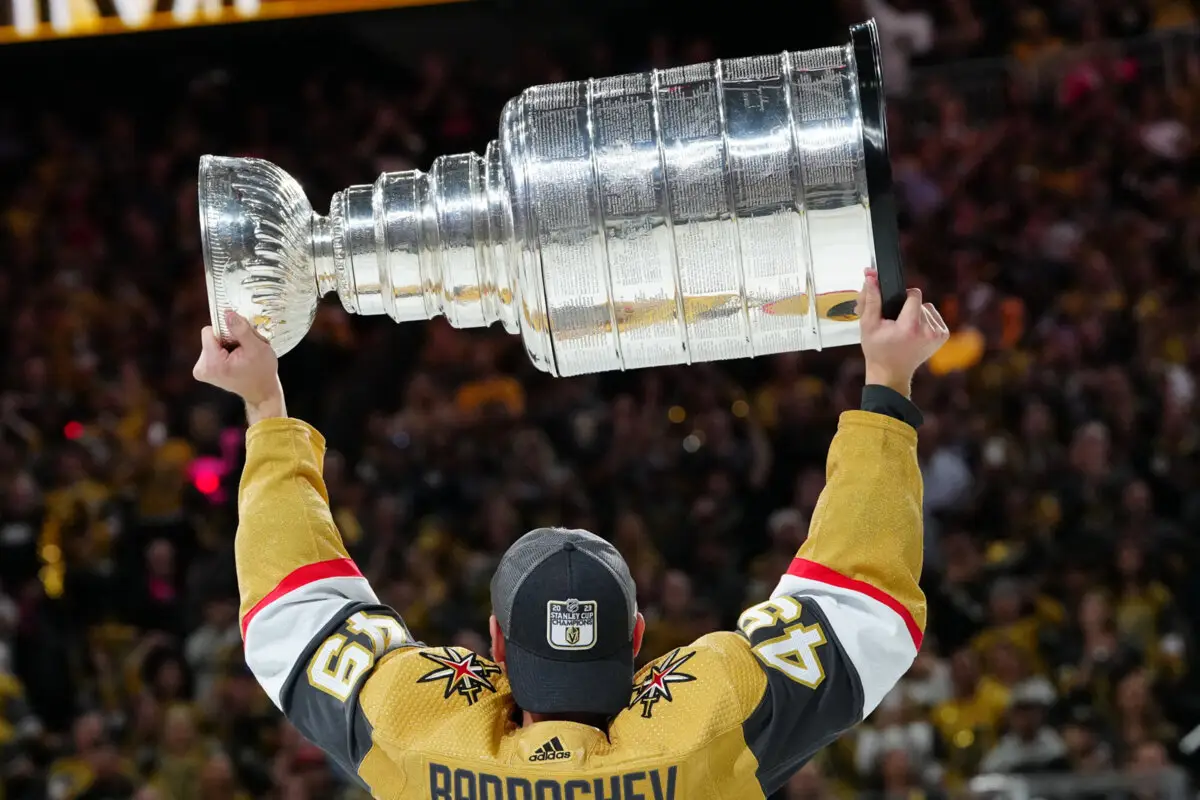
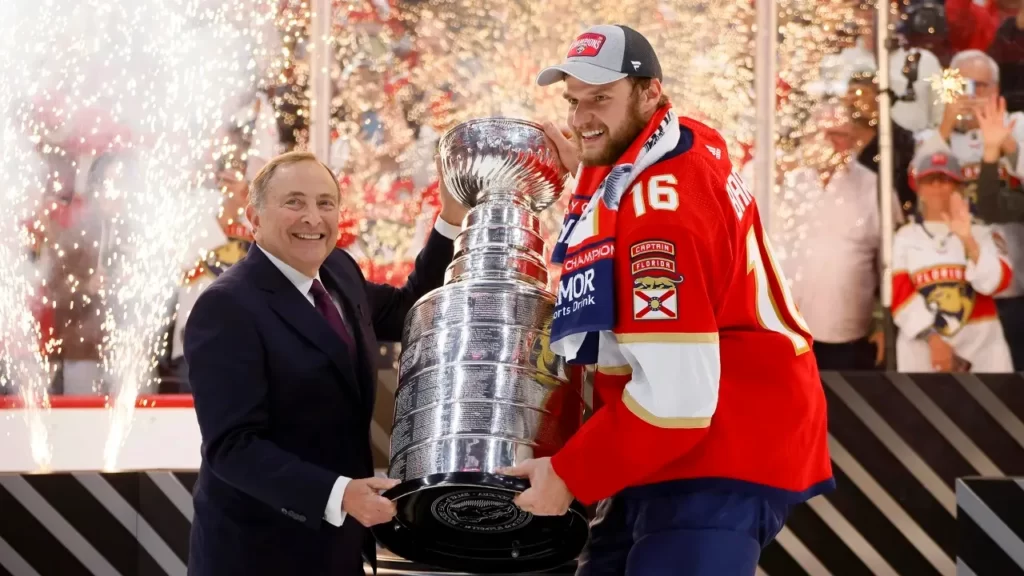 Hockey players are very superstitious when it comes to this trophy. One of the most famous rules is that no one can touch the Cup until they have earned it. It is believed that touching it before winning brings bad luck, and many athletes strictly adhere to this rule. This reverent attitude creates a unique aura around the award, where every little thing has its own meaning.
Hockey players are very superstitious when it comes to this trophy. One of the most famous rules is that no one can touch the Cup until they have earned it. It is believed that touching it before winning brings bad luck, and many athletes strictly adhere to this rule. This reverent attitude creates a unique aura around the award, where every little thing has its own meaning.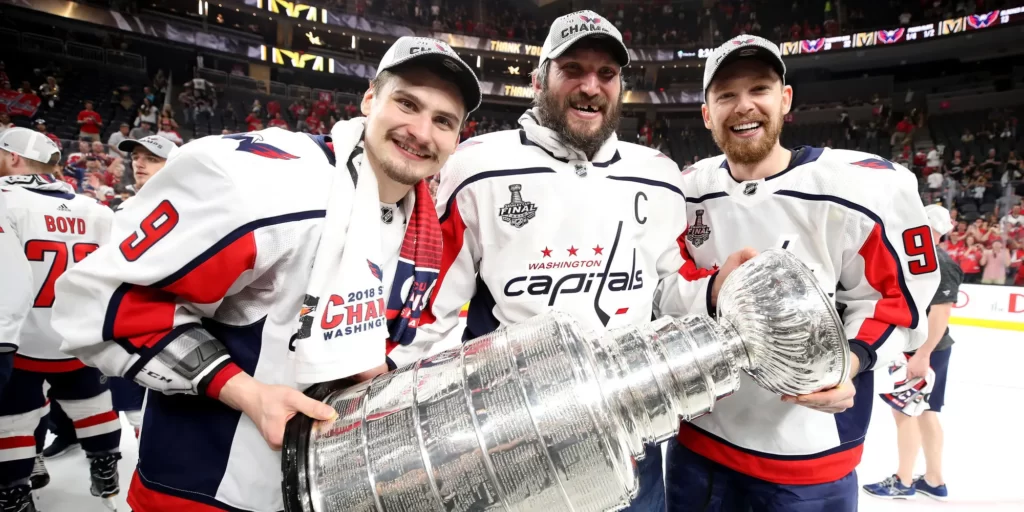 The Stanley Cup is more than just an award. It is a symbol of passion, struggle and an unyielding will to win. For its sake, hockey players are willing to go through trials and sacrifices. Every team dreams of one day lifting this Holy Grail of hockey above their heads. There is nothing more significant and coveted in the ice world than the Stanley Cup – it is the most prestigious hockey trophy that symbolises the pinnacle of sportsmanship and perseverance.
The Stanley Cup is more than just an award. It is a symbol of passion, struggle and an unyielding will to win. For its sake, hockey players are willing to go through trials and sacrifices. Every team dreams of one day lifting this Holy Grail of hockey above their heads. There is nothing more significant and coveted in the ice world than the Stanley Cup – it is the most prestigious hockey trophy that symbolises the pinnacle of sportsmanship and perseverance.

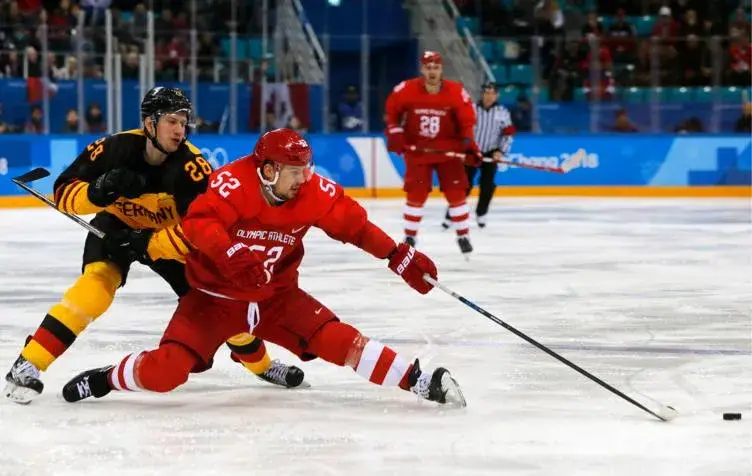
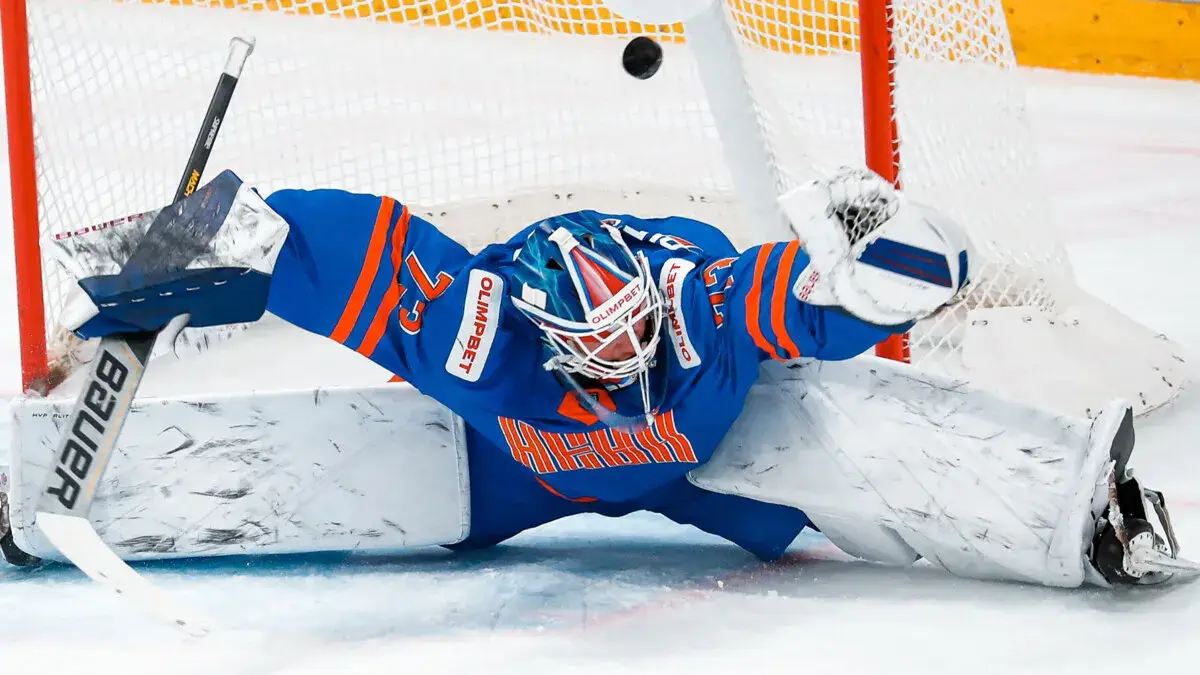
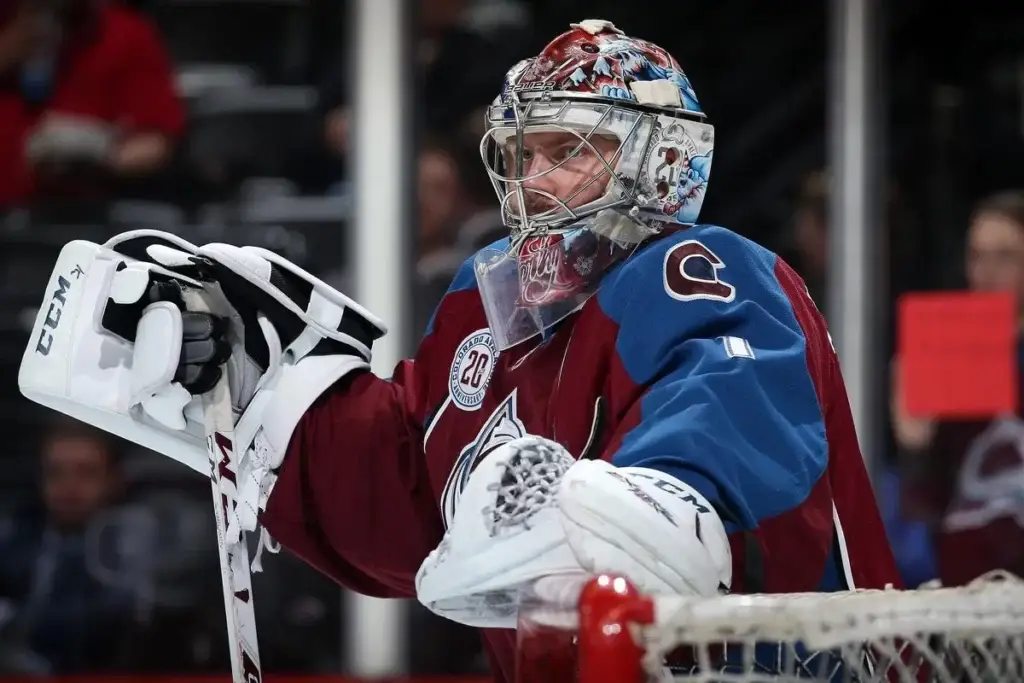 Patrick Roy has always been known for his emotional style of play. His passion for hockey was evident in every movement and dive for the puck. From the very beginning of his career, Roy showed incredible dedication and determination. His hockey journey began at a young age in Quebec, and with each passing year he demonstrated phenomenal progress. Already in 1984, he made his debut in the NHL for the Montreal Canadiens, where he made a real splash.
Patrick Roy has always been known for his emotional style of play. His passion for hockey was evident in every movement and dive for the puck. From the very beginning of his career, Roy showed incredible dedication and determination. His hockey journey began at a young age in Quebec, and with each passing year he demonstrated phenomenal progress. Already in 1984, he made his debut in the NHL for the Montreal Canadiens, where he made a real splash.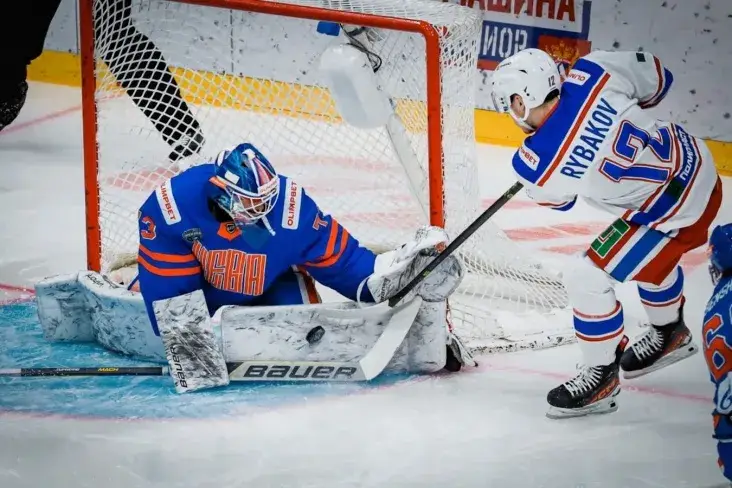 Hockey’s best goalies are true masters of their craft, capable of changing the game with a single move. Their legendary saves and incredible dedication have made the sport what it is today: dynamic, spectacular and unpredictable. The goalies spoken of – Tretiak, Roy and Gashek – will forever remain symbols of courage and skill. Each of them has made an invaluable contribution to the development of world hockey.
Hockey’s best goalies are true masters of their craft, capable of changing the game with a single move. Their legendary saves and incredible dedication have made the sport what it is today: dynamic, spectacular and unpredictable. The goalies spoken of – Tretiak, Roy and Gashek – will forever remain symbols of courage and skill. Each of them has made an invaluable contribution to the development of world hockey.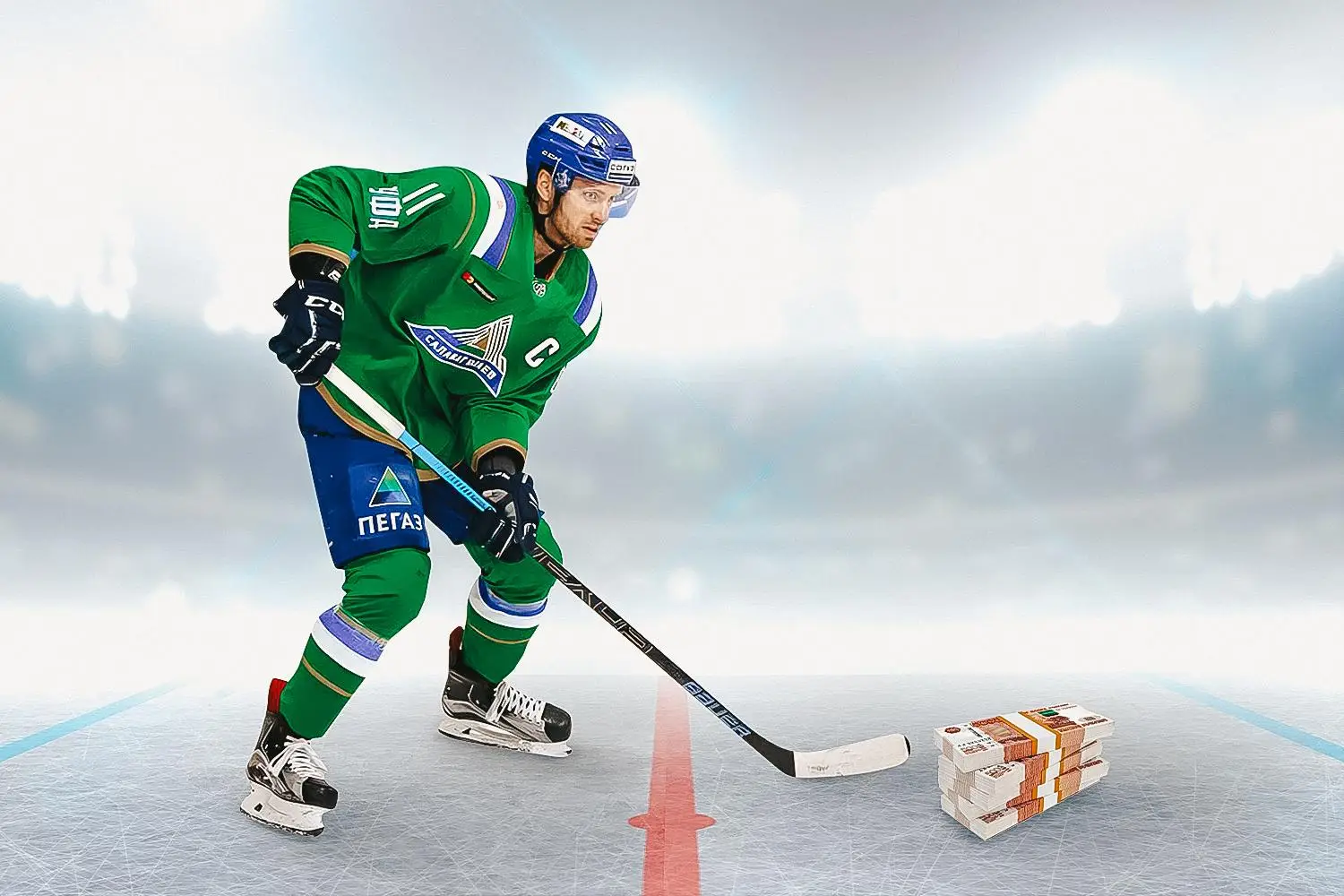
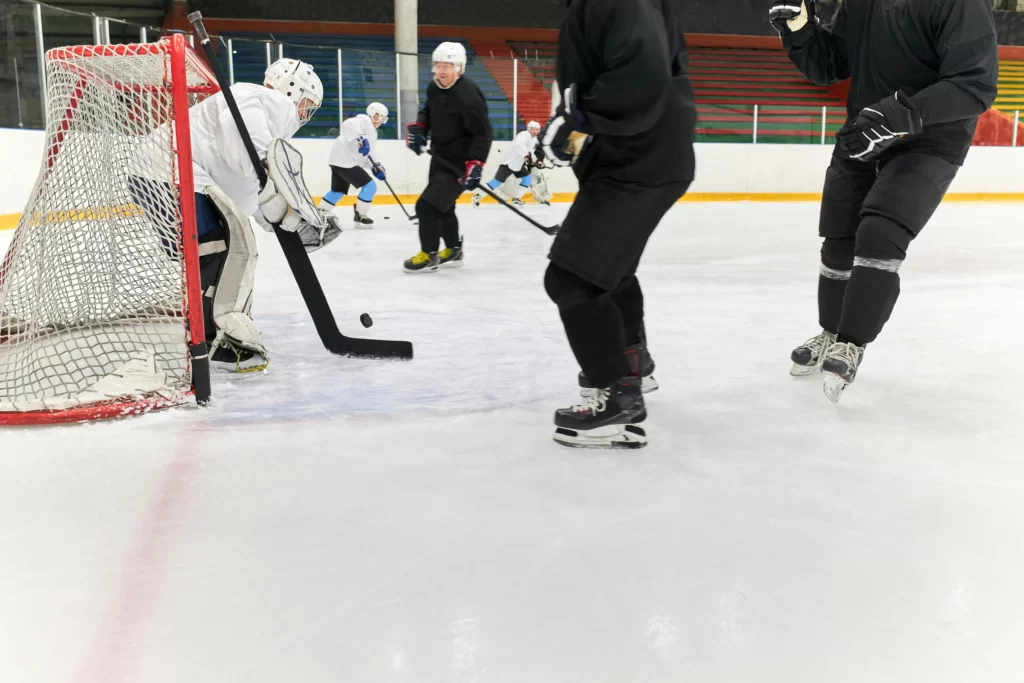 Ice hockey players receive extra points for goals scored, assists and team victories. For each goal scored, a player can receive between 200,000 and 500,000 roubles, depending on the importance of the game and the level of the opponent.
Ice hockey players receive extra points for goals scored, assists and team victories. For each goal scored, a player can receive between 200,000 and 500,000 roubles, depending on the importance of the game and the level of the opponent.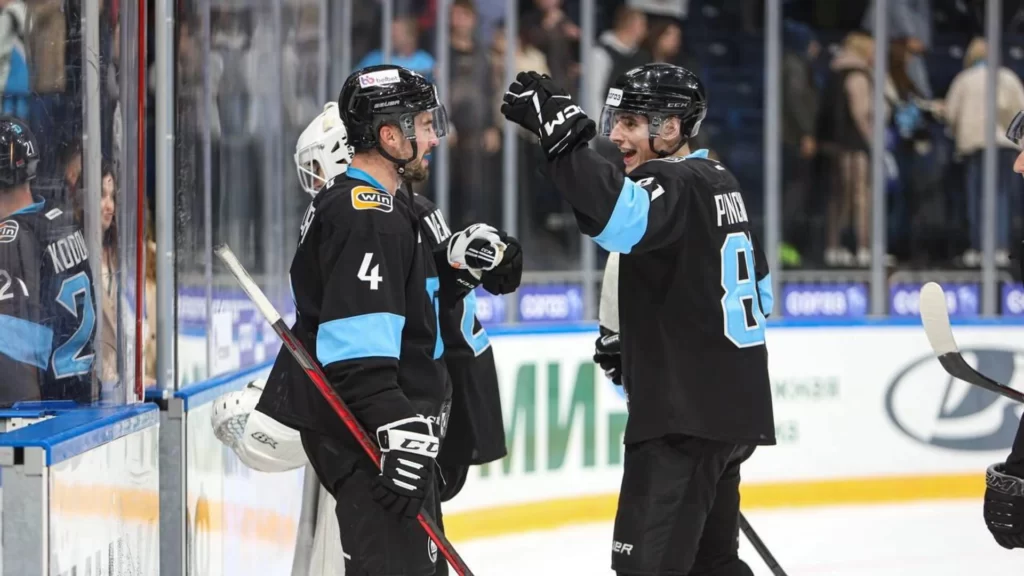 The salaries of KHL players are a complex mechanism that depends on many factors: performance on the ice, experience, participation in important games and even the details of the contract terms. Highly paid stars such as Alexander Radulov or Vyacheslav Voynov earn tens of millions of roubles per year, but their income is not limited to the base salary – bonuses play an important role.
The salaries of KHL players are a complex mechanism that depends on many factors: performance on the ice, experience, participation in important games and even the details of the contract terms. Highly paid stars such as Alexander Radulov or Vyacheslav Voynov earn tens of millions of roubles per year, but their income is not limited to the base salary – bonuses play an important role.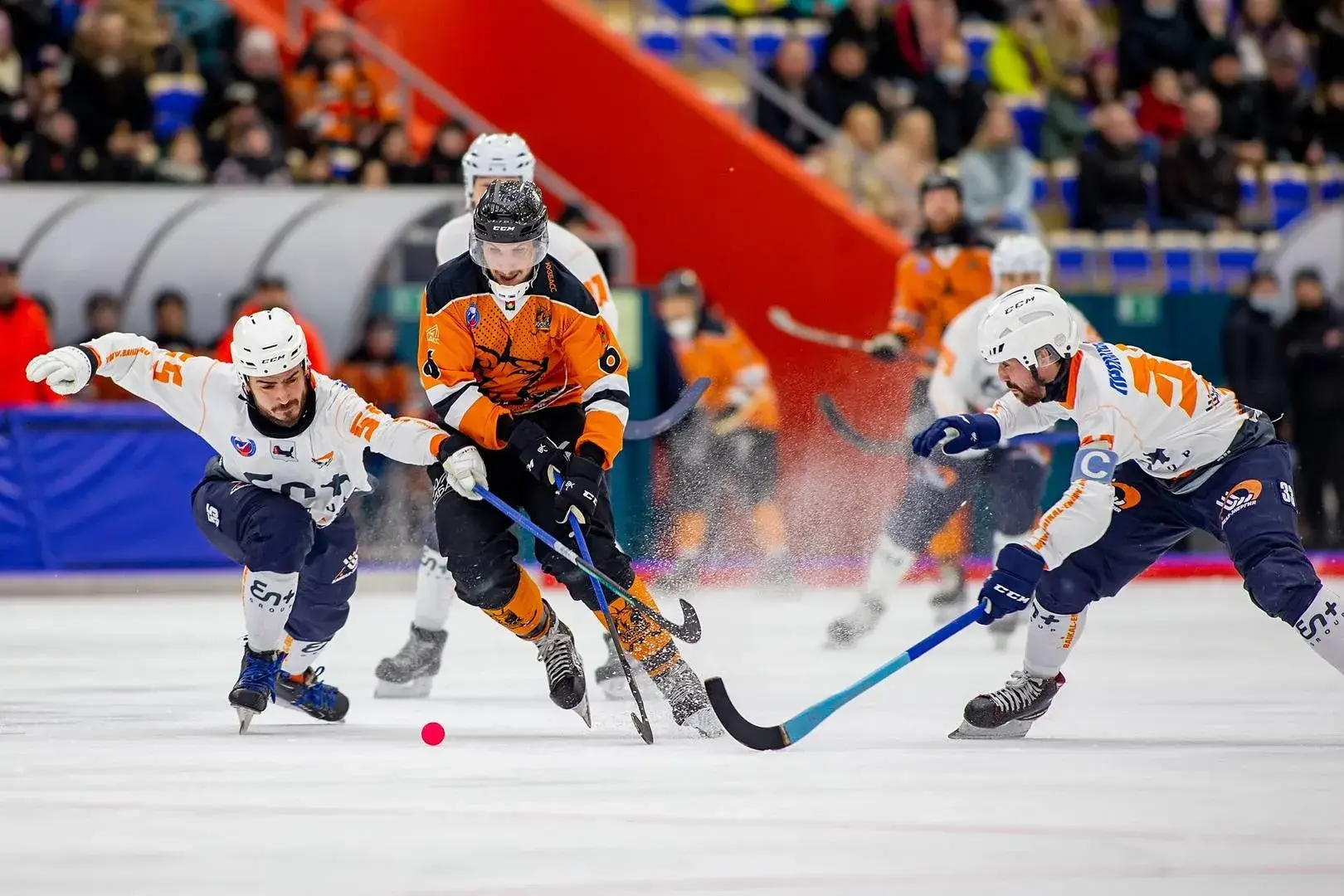
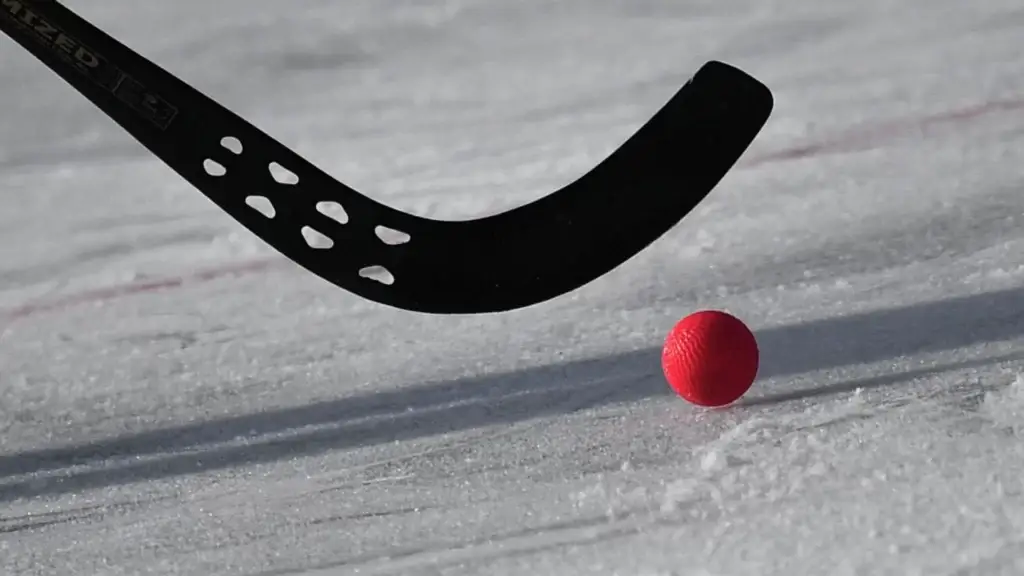 The discipline is widely popular in Russia, Sweden, Finland and Mongolia. In these countries, it has received the status of a national sport, and championship matches attract tens of thousands of spectators.
The discipline is widely popular in Russia, Sweden, Finland and Mongolia. In these countries, it has received the status of a national sport, and championship matches attract tens of thousands of spectators.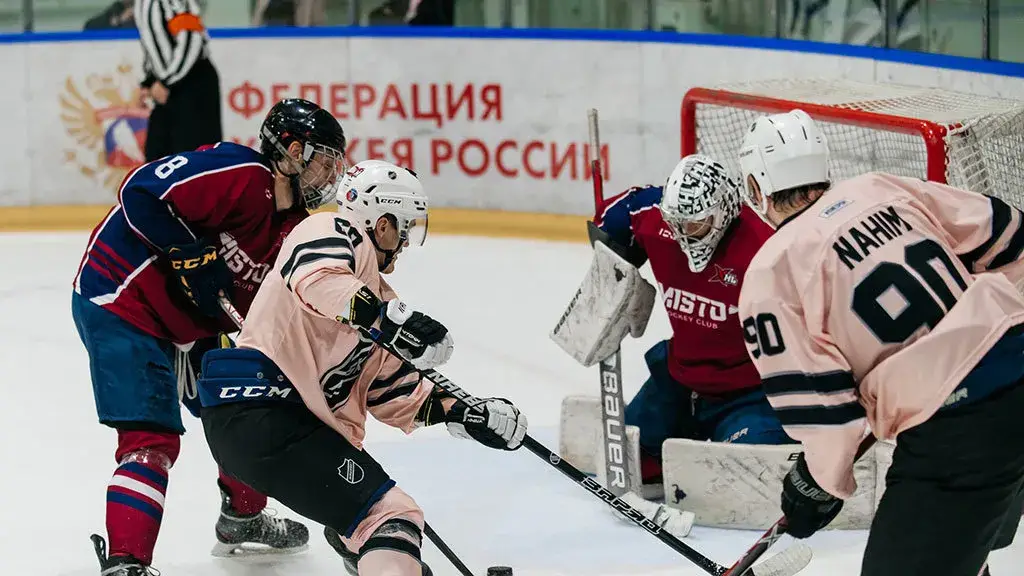 Types of hockey are amazing in their diversity and uniqueness. Each of them has its own special atmosphere, rules and traditions. No matter which one you prefer, they all offer incredible emotions, team spirit and physical activity. Choose your path and enjoy the game in every form.
Types of hockey are amazing in their diversity and uniqueness. Each of them has its own special atmosphere, rules and traditions. No matter which one you prefer, they all offer incredible emotions, team spirit and physical activity. Choose your path and enjoy the game in every form.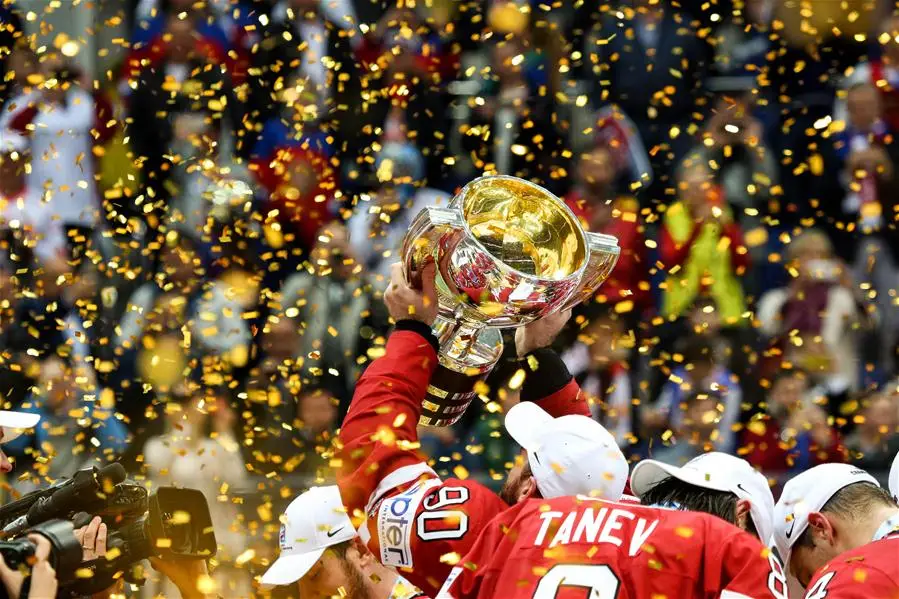
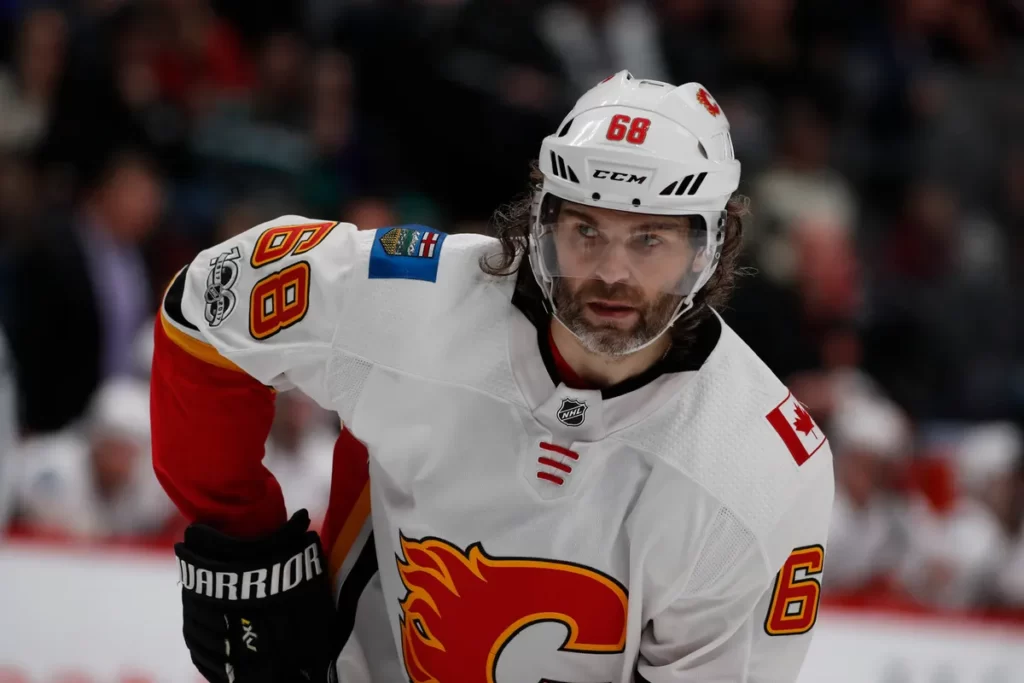 Even in his 40s, Jagr was still playing at the highest level and was an example of tremendous fitness. His focus on physical fitness and discipline in training enabled him to stay in great shape despite his age. And his drive to constantly improve made him one of the toughest and most adaptable players of all time. Throughout history, the best hockey players in the world have hailed Jagr as an example of physical excellence.
Even in his 40s, Jagr was still playing at the highest level and was an example of tremendous fitness. His focus on physical fitness and discipline in training enabled him to stay in great shape despite his age. And his drive to constantly improve made him one of the toughest and most adaptable players of all time. Throughout history, the best hockey players in the world have hailed Jagr as an example of physical excellence.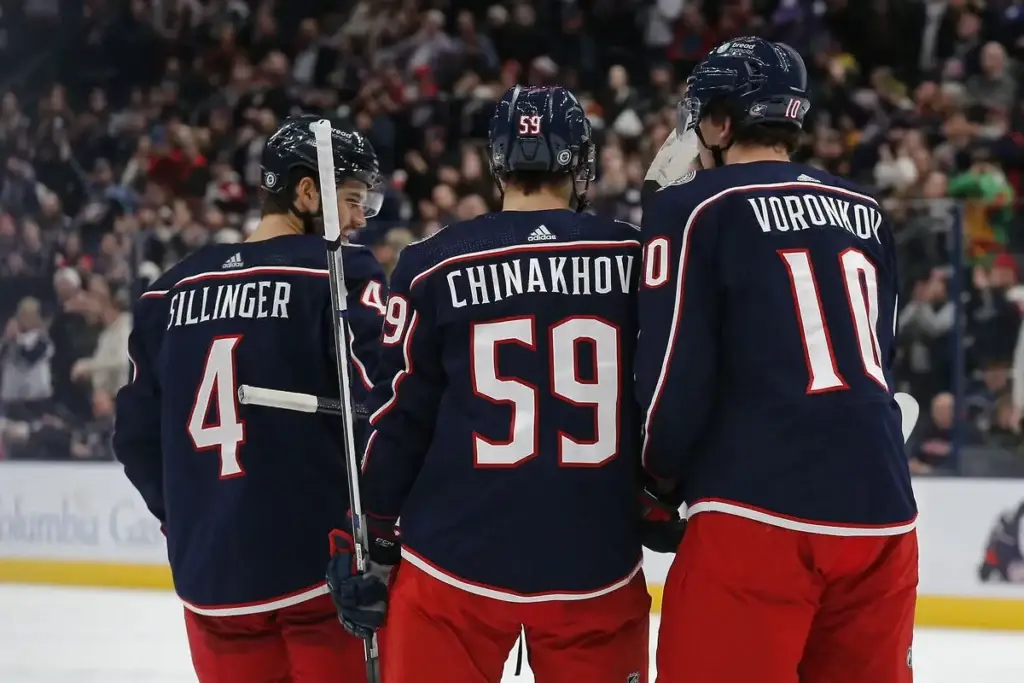 The best ice hockey players in the world are those who, through their play, make the sport of ice hockey as unique and spectacular as we know it. These players have managed to exceed expectations, change the game and inspire generations. Train, learn from their examples, and maybe your name will be among the best hockey players in world history.
The best ice hockey players in the world are those who, through their play, make the sport of ice hockey as unique and spectacular as we know it. These players have managed to exceed expectations, change the game and inspire generations. Train, learn from their examples, and maybe your name will be among the best hockey players in world history.





